Instrument suggest
Here’s some instrument that we discuss yesterday, that possible to had and explore :
The Bonang
One of the lead instruments in Javanese Gamelan music. The Bonang is composed of a double-row of horizontally mounted tuned bronze kettle gongs and is usually played with two padded beaters (tabuh). All of the kettles have a central boss, but around it the lower-pitched ones have a flattened head, while the higher ones have an arched one.
Guzheng (Chinese Harp)
here’s really inspire sound of guzheng taken from hero the movie.
The modern-day guzheng is a plucked, half-tube zither with movable bridges and 21 strings, although it can have anywhere from 15 to 25 strings (a customized version exists with more than 44 strings). The guzheng’s strings were formerly made of twisted silk, though by the 20th century most players used metal strings (generally steel for the high strings and copper-wound steel for the bass strings). Since the mid-20th century most performers use steel strings flatwound with nylon.
The guzheng has a large resonant cavity made from wu tong wood (Firmiana platanifolia). The guzheng has existed since the Warring States Period and became especially popular during the Qin dynasty. The number of strings on the guzheng has always fluctuated, as we have as few as 6 to as many as 23 strings during the Tang dynasty. The earliest record of the guzheng in Shi Ji is attributed to the historian Sima Qian in 91 BC.
Tabla
The history of this instrument is at times the subject of heated debate. The most common historical account credits the 13th century Indian poet Amir Khusrau as having invented the instrument, by splitting a Pakhawaj into two parts. However, none of his writings on music mention the drum (nor the string instrument sitar). Another common historical narrative portrays the tabla as being thousands of years old, yet this is mere conjecture, based on slipshod interpretations of iconography. Reliable historical evidence places the invention of this instrument in the 18th century, and the first verifiable player of this drum was Ustad Sudhar Khan of Delhi.
Hang Drum
Hang means “hand” in the Bernese language, and is pronounced “hung or hong”. The Hang was developed in Switzerland. It was the result of many years of research on the steelpan and the study of the diverse collection of instruments from around the world, such as Gongs, Gamelan, Ghatam, drums, bells, etc. The instrument is played with the hands. Udu-like sounds are produced with the air resonance, the sounds of the clamped shallow shells sound like bells or harmonically tuned steelpans. The inner note on the bottom dome is the bass note, and when played in a dampened way allows change in pitch like a talking drum. Seven to nine notes are tuned harmonically around a central deep note. The hemispheres are hardened by a process known as gas-nitriding. This is a thermal treatment process in which nascient hydrogen atoms diffuse into the steel and form nitride compounds with many of the alloys in the steel.
Didgeridoo
The Didgeridoo is a long, slightly conical wooden instrument, used traditionally by the Aboriginal people of Northern Australia. Other names for the Didgeridoo are Yirdaki, Kanbi, and Ihambilbilg – although at least 40 different Aboriginal names are commonly used for this instrument throughout Australia. Known as the oldest wind instrument in the world, the origins of the didge may go back as far as 40,000 years. Though only one “note” can be played with the didge (called a drone), overtones and vocal sounds from the player give it a rich sound and countless textures.
HAPI Drum
The unique tone of the HAPI Drum, is created by a tuned vibrating tongue of steel. The concept is similar to a wooden tongue drum. When a tongue is quickly and lightly struck with the finger or mallet, it vibrates creating sound waves. Playing a HAPI is similar to playing the Hang Drum, though the similarities end there, as it is a totally different type of musical instrument. By changing the shape and length of the tongue, optimal vibration and perfect tone is achieved. By arranging the notes in a unique way each note, when struck, excites surrounding notes that are musically compatible with it. This adds to the harmonic spectrum of the tone. Rather than just one tone it can now create a spectrum of supporting sound for each note. The tone is similar to singing bowls or musical bells which create multiple harmonic overtones. The body of the drum acts as a resonating chamber adding depth to the note. An opening port in the bottom of the drum serves three functions. The bottom hole allows the sound to escape and increases the volume. It releases the tone from the body so that the notes do not overlap each other too much. This is especially desirable for faster playing. It allows the player to open or close the port with their lap and chose different resonance levels for a different effect. The HAPI Drum has additional dampening of the notes and drum body to keep the drum from becoming discordant and “ringy”. The breakthrough proprietary technique built into each drum provides excellent resonance while supplying the correct amount of dampening.
Update soon….
About this entry
You’re currently reading “Instrument suggest,” an entry on Vamsa's Weblog
- Published:
- October 17, 2008 / 8:48 pm
- Category:
- Uncategorized
- Tags:
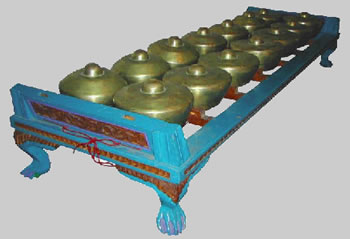

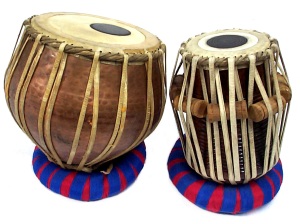
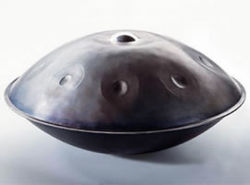
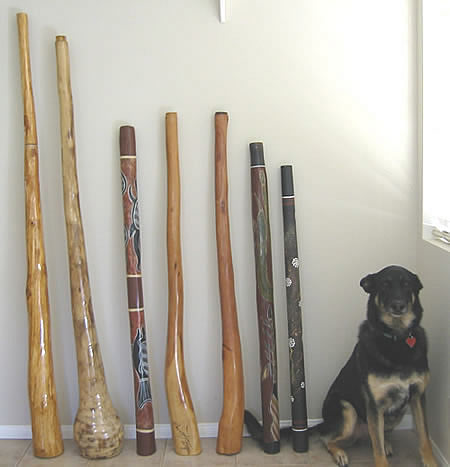
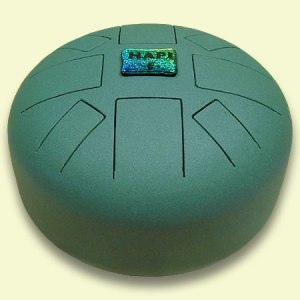



No comments yet
Jump to comment form | comment rss [?] | trackback uri [?]